Maximise crop production with home-grown and manufactured nutrition
There are good reasons to introduce home-grown nutrients into your nutrition plan. For one, if enough nutrient can be grown and captured, there is potential to increase business margins. However, the two benefits of most interest are: the degree of protection it can offer from a volatile fertiliser market and the potential to reduce carbon emissions on farm through a reduction in applied fertiliser.
This is not to say that growing your own nutrients can outright replace fertiliser inputs. However, by adopting some of the practices outlined below, you can optimise the use of both applied fertiliser and home-grown nutrition to improve crop efficiency.
The concept of home-grown nutrition is to grow plants to improve and retain the amount of nutrients on farm. This could be by using legumes in the rotation to fix nitrogen from the atmosphere, or capture nutrients which might otherwise leach from the soil. Any nutrients retained will then be made available to following crops.
There's a growing interest in how to increase the amount of nitrogen available on farm given the challenges around manufactured product price and availability. However, it isn't the only nutrient that can be improved.
Cover crops
Cover crops are a straightforward way to capture and retain nutrients in the soil that could otherwise leach away from the field over winter.
If you grow a winter cover crop, it will take up valuable nutrients such as nitrogen and hold them in the field. They will cycle through the plant and while only half of the nitrogen may be released back to the following crop with the rest going to the soil microbiome, this is much better than losing it altogether. Optimum results rely on more cover crops being planted to avoid any over-winter gaps later in the rotation.
The added benefit of cover crops is that there is always a living plant in the soil. This offers protection from intense rainfall to help reduce the risk of erosion and loss of associated nutrients, maintains good soil structure through rooting and it improves organic matter. This is particularly important for retaining phosphate, which is bound to the soil and so can be lost with it.
By incorporating cover crops, the following crop should benefit from both increased availability of nutrients and better depth and density of rooting to take up more nutrients and water.
Most cover crops capture a certain amount of nitrogen from the soil, but we've found that oil radish is particularly dependable. It can safely lock nitrogen away in the plant tissue, which then becomes a green manure once terminated. Legume species, such as vetch or clover, will also capture some nutrients and can produce nitrogen via rhizobia. This takes time, but certain legumes such as berseem clover and vetch will start to produce nitrogen in six to eight weeks (and therefore need to be established early).
Recently, my Kings colleagues wrote two blogs containing useful additional advice about nutrient capture through cover crops: this blog focuses on cover crops for forage and this blog outlines the benefits of catch and cover crops.
You can assess the amount of nutrients that a cover crop has captured through a plant tissue test and cut down of a known area of the crop. This helps show how much nutrient is in the above-ground biomass and therefore what could become available to the following crops. Keep an eye out for an upcoming blog about cover crop management by me and Kings technical advisor, Jim Egan.
Growing legumes as cash crops
Growing legumes such as peas and beans as cash crops brings many agronomic benefits to a rotation. However, there is a reduction in nitrogen requirement. As outlined in nitrate vulnerable zone (NVZ) rules, legumes can't have nitrogen applied as they fix their own. However, they still need other relevant nutrients to ensure a good crop; for example, phosphate, potash and sulphur. You can read more about the importance of these nutrients in this previous P and K blog series.
These crops leave a legacy of nutrition to the crops that follow; usually these are winter-sown cereals which do well behind a pulse crop. You should look to maximise the amount of nutrients captured; if you establish a catch crop before your later sown cereals you shouldn't lose this nitrogen. You won't be reliant on a cereal crop's limited ability to mop it up, as it will have already been stored in the new organic material of the catch crop. Later established cereal crops – as they tend to be now for the right agronomic reasons – don't take up that much nitrogen over winter.
Undersown clovers
Growing clover under a cereal crop is not a new technique. Organic farm rotations often practice this method, with clover being an important means of building soil fertility.
Historically, undersowing clover hasn't been used as much in conventional rotations as nitrogen inputs have been cheaper and management of the rest of the crop has changed.
While there are notable claims about undersown clover and its nitrogen fixing abilities, it doesn't mean you won't need any applied nitrogen to achieve a reasonable yield for the cash crop. The idea is to grow an underlying layer of clover- or 'living mulch' - from the spring, which will establish under the cereal crop and fix some nitrogen to mostly use itself. Once the cereal is harvested, you'll have a fully functioning clover crop ready to flourish in the summer. The clover will continue to fix nitrogen from the sun while being a valuable resource for pollinators and can produce some forage that could be valuable for livestock.
The clover should be left to grow as long as required before sowing a following crop; for example, a spring crop can make the most of the nitrogen whereas winter crops are unlikely to use it all and an autumn oilseed rape crop would terminate the clovers too early (unless sown into the clover).
Summary
The above techniques will help increase the amount of nutrients held in the soil over the longer term, thereby increasing its overall fertility. They are no instant fixes of course, as the amount of nutrient captured and how it is released to a following crop can't be defined to a set figure in the way manufactured nutrients can. However, you'll be able to take a more pragmatic approach to reducing your reliance on manufactured fertiliser in a way that works for your farm.
It's not an either/or approach, it's about combining the best of both home-grown and applied nutrition to maximise production and optimise application rates. We'll publish a blog soon about our field grain analysis service and how the data captured can help you adjust nitrogen fertiliser rates alongside incorporating the methods outlined in this blog. This is a perfect example of how you can get the best of all the options available to you. Subscribe here and you'll be notified of our future posts.
If you have any questions about any of the home-grown nutrition methods I've mentioned or about crop nutrition, please speak to your local Frontier contact. Alternatively, you can get in touch.
As a subscriber, you’ll receive email alerts each time a new blog is published so you can always stay updated with the latest advice and insights from our experts

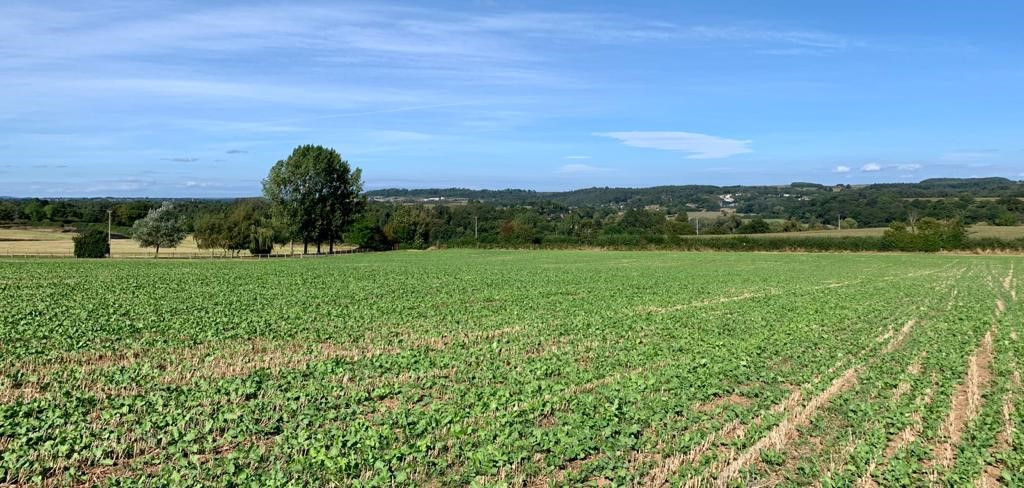
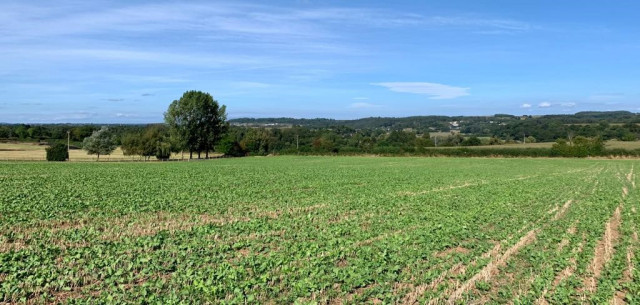
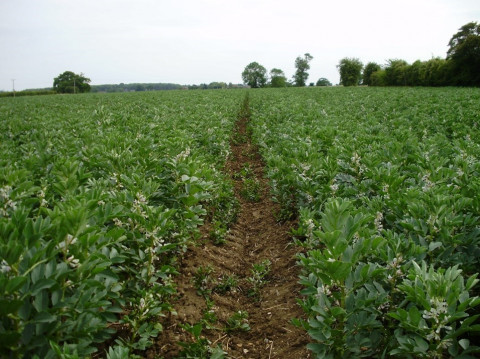
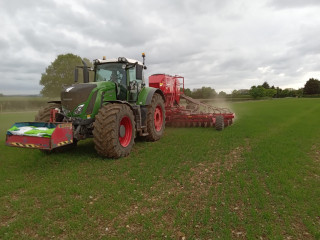
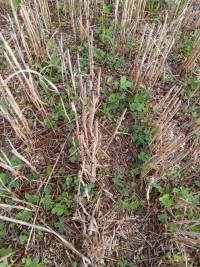




Comments